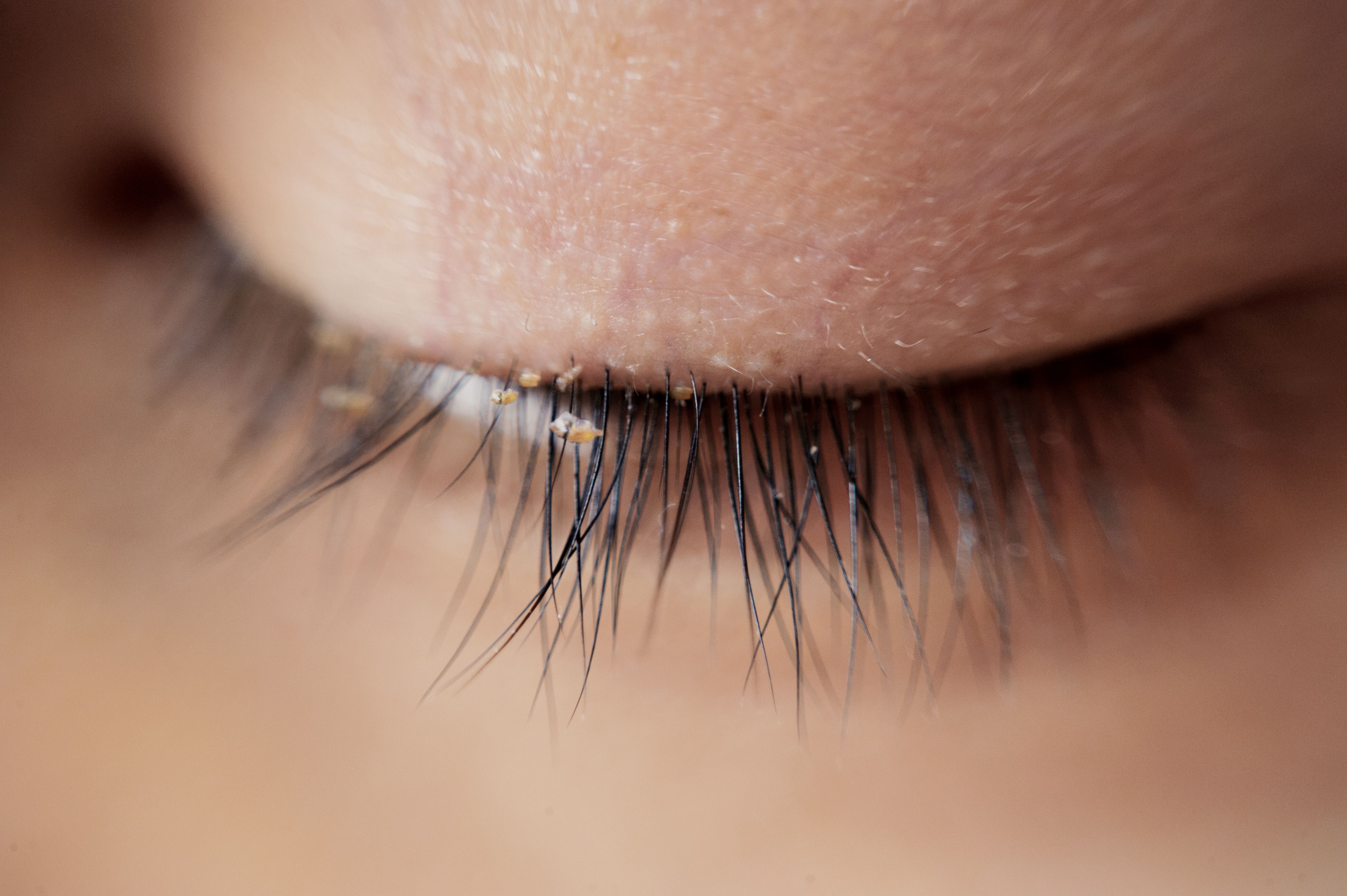Article
Tarsus launches “Don’t freak out. Get checked out” campaign during Healthy Vision Month
Author(s):
The goal of the project is to encourage patients with Demodex blepharitis to visit an ophthalmologist.
Tarsus is awaiting FDA approval later this year of TP-03, a 0.25% lotilaner ophthalmic solution for the treatment of Demodex blepharitis. (Image courtesy of Adobe Stock/ohishiftl)

Tarsus Pharmaceuticals Inc this week announced the launch of “Don’t Freak Out. Get Checked Out.” a disease education campaign designed to encourage patients who may have Demodex blepharitis to visit their ophthalmologist or eye care provider for an eyelid check.
May is Healthy Vision Month, and the company’s campaign is designed to support patients on their journey to identify the cause of their eyelid discomfort.
Aziz Mottiwala, chief commercial officer of Tarsus, pointed out that many patients
struggle with eyelid discomfort, and often are unaware of the potential root cause.
“This targeted campaign is designed to reach patients who may be suffering from Demodexblepharitis to provide them with the necessary resources to help them more effectively understand the disease and arm them with useful information they can discuss with their eye care providers,” Mottiwala said in a news release. “We are hopeful that this campaign will finally provide patients with answers and support them on their journey to manage their disease and overall eyelid health.”
According to the company’s news release, the “Don’t Freak Out. Get Checked Out.”website, EyelidCheck.com, features tools and educational resources assembled to help spark discussions between patients and their ophthalmologists about Demodex blepharitis, including a quiz educating on differentiating factors of potential causes of eyelid discomfort, patient testimonials, information about joining a Demodex blepharitis community, and social media channels.
Demodex blepharitis is caused by an overpopulation of Demodex mites, the most common ectoparasites found in humans. When present in small numbers, their presence goes largely unnoticed. But when an infestation occurs, it can cause ocular irritation, redness and inflammation.
“I see Demodex blepharitis every day in my practice – and because it is so common in patients with concomitant eye conditions or diseases like dry eye or cataracts, most are not even aware they have the disease,” said Neda Shamie, MD, of Maloney Vision Institute. “I’m enthusiastic about a campaign designed to elevate awareness about Demodex blepharitis and hopeful that patients with existing symptoms will begin to prioritize their eyelid health through more regular and consistent eye doctor visits.”
Demodex blepharitis is diagnosed by the presence of collarettes -- waxy, crusty buildup on the base of the eyelashes that are a sure sign of Demodex blepharitis. All eye care providers can easily identify collarettes by asking a patient to look down during a routine slit lamp (eye exam), so they can evaluate the eyelash margin.
Patients with Demodex blepharitis commonly experience worry and disruptions in their daily life, including feeling conscious about their eyes throughout the day and having a negative appearance of their eyes or eyelids.
"It’s hard to remember a time in recent years where my eyes were not bothering me,” said Darrin Breese, Demodex blepharitis patient. “Frequent itching, redness, and crusty eyelids can be disruptive to my daily activities and routine while also making me self-conscious of my eyes. It can be frustrating to struggle with a condition for years without any answers, and I am relieved to finally understand the cause of my discomfort. I am hopeful that with more education about Demodex blepharitis and how easy it is to diagnose, more people like me will proactively visit their eye doctors for an eyelid check.”
Patients who want to learn more about Demodex blepharitis can visit EyelidCheck.com, and follow @eyelidcheck on Facebook and @eyelid.check on Instagram.
According to Tarsus, Demodex blepharitis may affect as many as 25 million Americans based on an extrapolation from the Titan study indicating 58% of patients presenting to U.S. eye care clinics have collarettes, a pathognomonic sign of Demodex infestation, and that at least 45 million people annually visit an eye care clinic.
Moreover, the company noted that Demodex blepharitis can have a significant clinical burden and negative impact on patients’ daily lives. The TITAN study also showed that current management tools, such as tea tree oil and lid wipes, are ineffective at treating Demodex blepharitis. Currently, there are no FDA-approved treatments for Demodex blepharitis.
Tarsus also is awaiting FDA approval later this year of TP-03, a 0.25% lotilaner ophthalmic solution for the treatment of Demodex blepharitis.
If approved, TP-03 could become the first FDA-approved therapy and definitive standard of care to treat millions of patients with Demodex blepharitis.
The Prescription Drug User Fee Act (PDUFA) target action date is August 25, 2023, according to the company.
Newsletter
Don’t miss out—get Ophthalmology Times updates on the latest clinical advancements and expert interviews, straight to your inbox.





